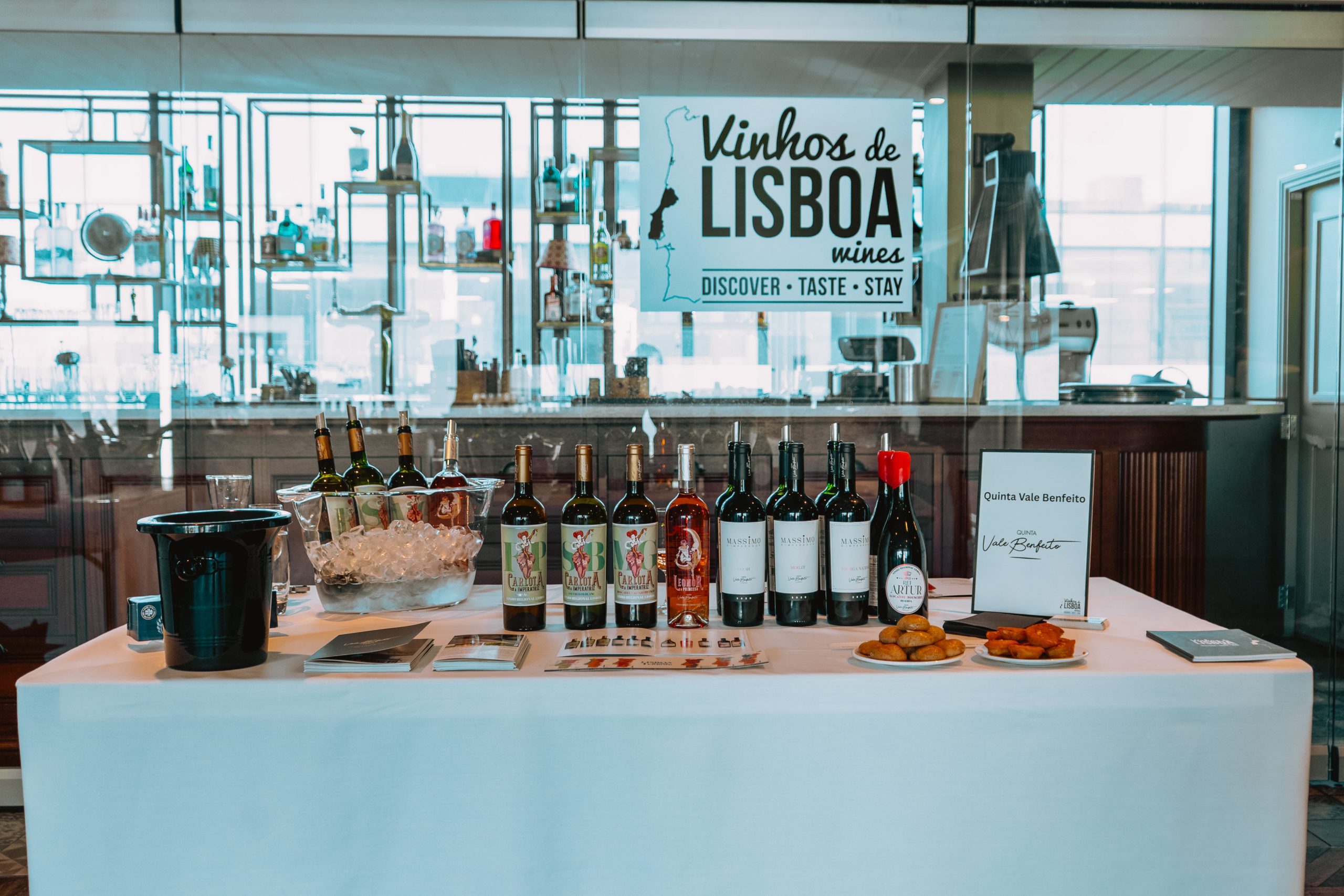Fine wine investment: portfolio diversification
We have spent quite a lot of time over the last 12 months talking about the benefits of diversification in the wine investment process, which although important irrespective of the investment medium, just happens to work particularly well with fine wine. The portfolio approach also allows the investor to maintain some measure of control over the level of risk exposure. Today we will look a little deeper into this subject.
If you invest £150,000 you can either have a diversified portfolio of around 25 different wines from various regions, vintages and qualities, which mitigates the investment risk, or you can have a single case of Domaine de la Romanée-Conti (DRC) almost irrespective of vintage – they all cost a fortune. Clearly from the naked perspective of trying to make an investment return, the one is riskier than the other. In the latter case, if Burgundy tanks, you’ve had it; in the former, you have insulation from the rest of your portfolio.
Many investors ask for a simple balanced portfolio, meaning that the slant or weightings are moderated by the desire for diversification. To pursue the above example, if you felt convinced that Burgundy was likely to outperform, but wanted to moderate the degree of risk, you might have, say, double the weighting towards Burgundy. Thus you can see how the risk level can be adjusted.
From the perspective of a model portfolio, the edges in terms of this risk appetite tend to be softened somewhat. Notwithstanding, we at Amphora Portfolio Management still feel that there is further to go in terms of the outperformance of Bordeaux Left Bank wines, and we believe that the uptick seen in the 2009 and 2010 vintages is likely to be maintained. Our model portfolio therefore will see some overweighting in that direction.
Given that you have to apply some parameters we have restricted this portfolio to the current millennium. As wines are drunk availability diminishes, volumes in the marketplace shrink and this has an impact on spreads and pricing. We would tend to suggest that much older wines might more reasonably enter enthusiasts’ collections rather than investment portfolios which might need to be liquidated at any moment.
Most Amphora clients have enjoyed a spectacular run in Château Margaux 1996 of late, for example, and this is one older wine we would not now be putting into new portfolios, and would recommend selling.
This model portfolio has the following approximate weightings:
There are several key points to make here. First, Bordeaux is the dominant element, representing 62.5% of the total exposure (excluding the ‘Trophy wines’). The justification for this is that Bordeaux is the foremost producer with much greater variety and overall production than anywhere else in the world. If you had a portfolio in which Napa Valley was the dominant feature you would be dramatically raising the risk profile. Opus One 2002 is the leading wine from Napa in wine investment algorithmic terms, for example, but you try and find any, let alone sell it when the time comes.
Partner Content
Burgundy is noticeably absent. It is Amphora’s view that Burgundy is the purlieu of the collector and well-heeled consumer, rather than the investor. Frustrating as this may be given the performance of certain Burgundy wines, the difficulty lies once again in marketability. Producers offer their wines to the market in such small batches that there is almost immediate scarcity, which is great if you happen to be a long-standing customer of a merchant like Corney and Barrow, (sole importer of DRC into the UK), but not much good to anyone else.
The minimum sectoral weighting is 5% of the total exposure. This is important for two reasons: you need enough for there to be an impact when the wines go up in value; and it is easier to keep an eye on how a sector is doing if you have some of its skin in the game.
At a certain size, a portfolio can afford to include some trophy wines. By their very nature these wines are both very expensive and can be less marketable, and you shouldn’t have more than around 15% in a balanced portfolio. In this portfolio apart from the Petrus and Le Pin we have included Screaming Eagle, arguably a cult wine and although it is designated in the New World section it certainly overlaps with the Trophy wine section.
Here is the portfolio:
Let’s see how the portfolio performs in 2017. May Bacchus bless her and all who partake in her inestimable delights!
Philip Staveley is head of research at Amphora Portfolio Management. After a career in the City running emerging markets businesses for such investment banks as Merrill Lynch and Deutsche Bank he now heads up the fine wine investment research proposition with Amphora.




